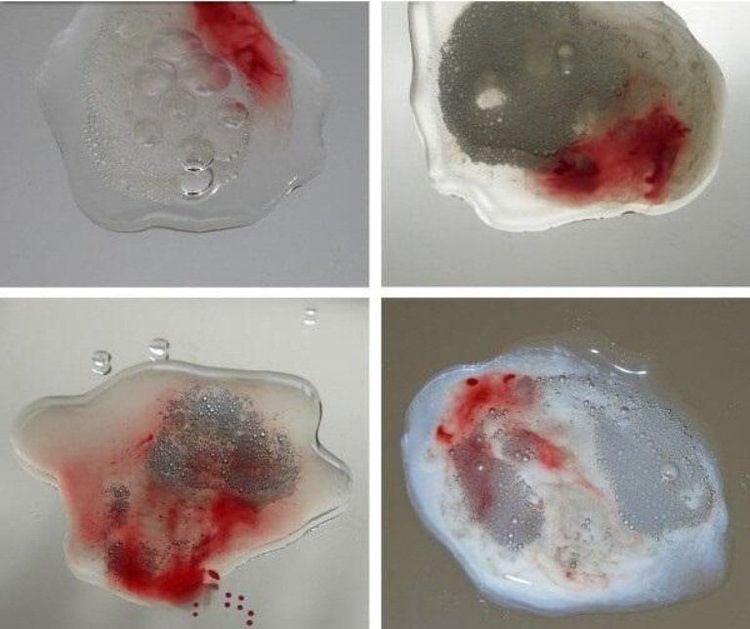This is an automatically translated article.
The article was written by MSc Vu Ngoc Thang - Urologist, Department of Gastroenterology, Urology Surgery Robot & Pediatric Surgery - Vinmec Times City International Hospital.Prostate cancer is a common disease in men over 50 years old, the second leading cause of death after lung cancer. In the United States, the mortality rate in the 1970s and 1980s was 0.7% for white men and 1.6% for African-American men, a rate that has increased annually by about 3.1% through the years. 1995. In Europe, the number of deaths in 1994 in the Netherlands: 33/100,000, in Sweden: 28/100,000.
1. Risk factors for prostate cancer
1.1. Age The relationship between age and the risk of prostate cancer is very large, with a longer life expectancy and an increased risk of disease. 10% of prostate cancer occurs under 54 years old, age 55 ÷ 74, the incidence rate is 64%.
1.2. Race, ethnicity The difference in risk of prostate cancer between races and ethnic groups is very large. The mortality rate is similar, because the risk of prostate cancer in black men is high, so this ethnic group is advised to be screened at a younger age than the white group.
1.3. Prostate volume The role of prostate volume (TTL) in predicting prostate cancer is a new and controversial issue. Briganti studied on 3,412 cases of prostate cancer, showed that the smaller the prostate volume, the lower the differentiation, the greater the possibility of metastasis.

Thể tích tuyến tiền liệt liên quan đến nguy cơ gây ung thư tiền liệt tuyến
1.4. PSA velocity (PSAv) Although PSAv has certain limitations in predicting prostate cancer, it is valuable in predicting mortality risk. If PSAv > 0.35ng/ml/year in 10 ÷ 15 years before being diagnosed with prostate cancer, the mortality rate will be much higher than cases with PSAv < 0.35ng/ml/year.
1.5. Medical history in the family Cases with a father or brother with prostate cancer have a 2, 3 times higher risk of having the disease; If a father or brother has the disease before age 60, the relative risk is 2.16 times, after age 70 is 1.95 times.
1.6. Neoplasia in prostate epithelium Related to the risk of prostate cancer, 25.8% ÷ 51% of highly differentiated PIN develops into prostate cancer.
2. Clinical features
Prostate cancer is the only cancer that exists under 2 types:
- Cancer occulte.
- Can have clinical manifestations.
Latent form does not show clinical symptoms, usually detected during lymph node biopsy or bone biopsy in patients with no clinical symptoms, 30-40% of occult cancers have only occult form. can be detected during autopsies from various causes.
* Clinical circumstances of detecting the disease
Patients need to see a doctor when they have the following signs:
- Urinary disorders.
- Signs of diffuse or metastatic tumor.

Người bệnh xuất hiện rối loạn tiểu tiện
The main factors that make up the common urological clinical picture of prostate cancer:
The growth of various degrees of cancer in the gland obstructs the flow of urine. Obstruction of the bladder. Symptoms of irritation in the lower urinary tract.
2.1. Urinary signs Difficulty urinating, small urine stream. Frequent urination, varying degrees, depending on the stimulus, the feeling of incomplete urination due to excess urine in the bladder. Urinate quickly. Diarrhea, urinary incontinence. Acute urinary retention.

Người bệnh xuất hiện biểu hiện bí đái
2.2. Diffuse signs These are the main signs of cancer, showing the continuous progression of the disease, which is completely different from benign prostate tumors, the degree of spread depends strongly on the stage of the disease, closely related to tumor differentiation. At the late stage, the cancer is often multifocal, spreads, invades the capsule and metastasizes, causing serious systemic disorders, the patient's physical condition deteriorates, and the final end is death.
Common diffuse signs are:
Bone pain Perineal pain Lower extremity edema Bloody ejaculation

Hình ảnh tinh trùng có lẫn máu
The patient can come to the hospital in a state of kidney failure, with manifestations of weight loss, edema, pale blue, anemia. Other metastases in the lung, liver are rarely the first sign, brain and eye metastases are also rare. When the above signs appear, the patient is disoriented, so they often go to other specialists.
Customers can directly go to Vinmec Health system nationwide to visit or contact the hotline here for support.
References source:
European Association of Urology 2016
Guidelines for the diagnosis and treatment of prostate cancer. Vietnam Association of Urology and Nephrology (VUNA) 2014.
MORE:
Is prostate cancer curable? Learn about prostate cancer Gallbladder cancer: Causes, symptoms, diagnosis and treatment













